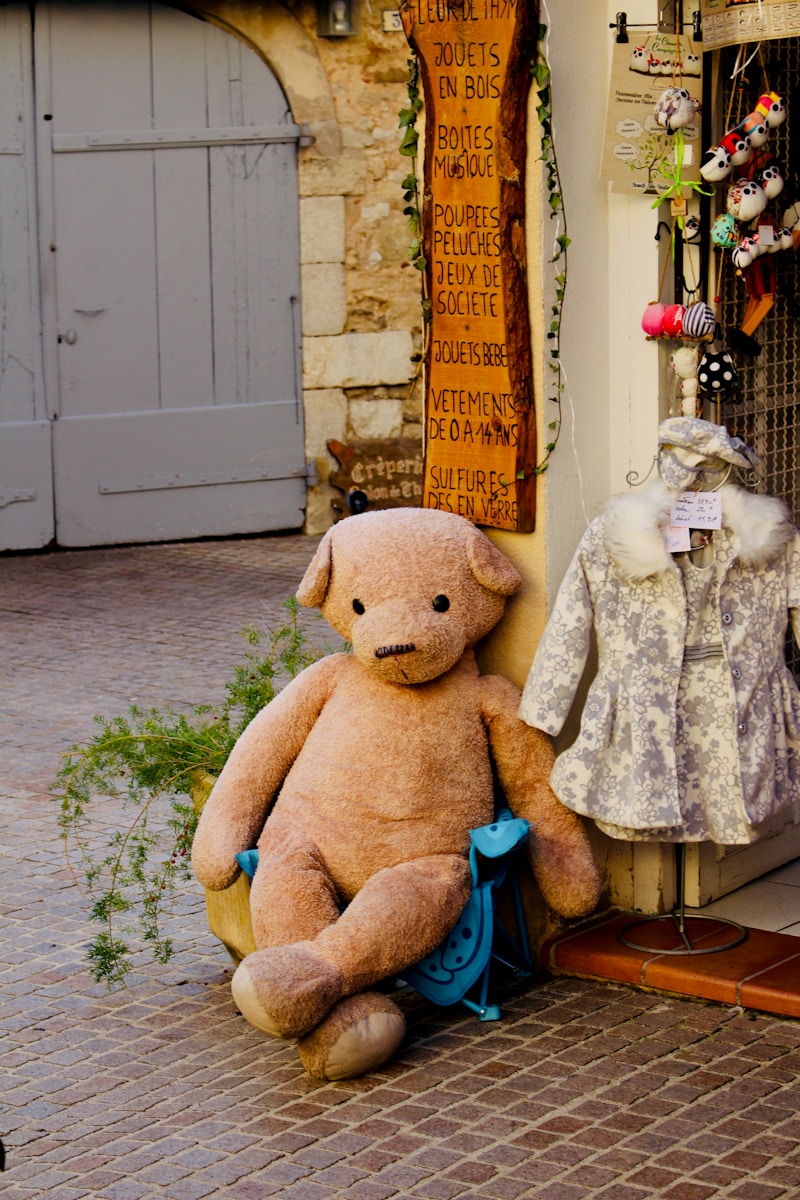Understanding Capital Requirements for Establishing a Bridal Boutique
Understanding Capital Requirements for Establishing a Bridal Boutique
Starting your own bridal boutique can be a dream come true for many aspiring entrepreneurs. However, a successful launch requires thorough planning, particularly with respect to capitalization. In this article, we will explore the capital requirements for establishing a bridal boutique, key considerations, and strategies for financing your venture.
Overview of the Bridal Boutique Industry
The bridal industry has seen consistent growth over the years thanks to the ever-increasing demand for weddings and bridal-related services. With an average U.S. wedding costing approximately $28,000, the bridal boutique segment remains a lucrative market. This boom presents a great opportunity for entrepreneurs willing to invest wisely.
Understanding Capital Requirements
Capital requirements for a bridal boutique can vary vastly based on factors such as location, size, and operational scope. Below, you will find a comprehensive breakdown of the basic capital requirements necessary for starting a bridal boutique.
| Expense Category | Estimated Costs ($) |
| Store Lease and Renovation | 5,000 - 30,000 |
| Inventory | 20,000 - 50,000 |
| Marketing and Advertising | 2,000 - 10,000 |
| Utilities and Other Operating Costs | 1,000 - 3,000 per month |
| Licensing and Insurance | 1,000 - 3,000 |
| Employee Salaries (if applicable) | 2,000 - 5,000 per month |
| Total Estimated Initial Investment | 30,000 - 100,000 |
Key Considerations When Establishing a Bridal Boutique
When planning to open a bridal boutique, there are essential considerations besides just capital. These include understanding your target market, choosing the right location, and developing your brand identity.
1. Understanding Your Target Market
Identifying your target audience is critical to the success of your bridal boutique. Research demographics to understand the preferences and budgets of brides in your area. This understanding will not only guide your inventory choices but also inform your marketing strategy.
2. Choosing the Right Location
The location of your bridal boutique can significantly influence foot traffic and overall sales. Consider areas with high wedding-related activities, proximity to wedding venues, and accessibility for customers. A prime location might demand higher rents but can also yield substantial returns due to increased exposure.
3. Developing Your Brand Identity
A strong brand identity helps differentiate your boutique from competitors. This encompasses your store design, logo, brand colors, and customer service approach. Establish a unique selling proposition (USP)—what makes your boutique stand out? Perhaps it’s exceptional customer service, exclusive designs, or a unique shopping experience.

Financing Your Bridal Boutique
Once you have a clear understanding of the capital requirements and considerations, the next step involves financing your boutique. Below are several financing options to explore:
1. Personal Savings
Using your savings to fund your bridal boutique can be a straightforward and risk-free option. This allows you to maintain full ownership without the burden of debt. However, ensure that you leave yourself enough financial padding for personal expenses.
2. Small Business Loans
Many financial institutions offer small business loans specifically designed for new ventures. These loans typically require a solid business plan, credit checks, and collateral. Research several lenders to assess interest rates and repayment terms that best suit your needs.
3. Investors
If you’re having trouble securing a loan or have grander plans that require more capital, consider approaching investors. This could involve friends, family, or angel investors who are interested in the bridal industry. Be prepared to share your business plans and projections to win their investment.
4. Crowdfunding
In recent years, crowdfunding has emerged as a popular financing solution. Platforms like Kickstarter and GoFundMe allow you to present your boutique idea and encourage others to invest in your vision. This option can serve as both a funding avenue and a marketing tool.
Marketing Strategies for Your Bridal Boutique
Once your boutique is established and operational, effective marketing is vital to attract customers and drive sales. Here are several strategies to consider:
1. Social Media Presence
Utilizing platforms like Instagram, Pinterest, and Facebook can help build a dedicated follower base and showcase your bridal collections. Engage with your audience through clear visuals, behind-the-scenes content, and customer testimonials.
2. Collaborations with Wedding Vendors
Foster relationships with wedding planners, photographers, and florists for mutual referrals. Offering exclusive discounts to clients referred from these vendors can also incentivize partnerships.
3. Hosting Events
Organize bridal expos or trunk shows to create excitement around your boutique. These events can attract a significant number of brides-to-be and provide an opportunity to showcase your latest collections.
Final Thoughts & Recommendations
Establishing a bridal boutique represents a promising business venture with an impressive market potential. Understanding the capital requirements and considering key factors such as target demographics, location, branding, and financing options are vital for successful entry into this industry. Additionally, implementing effective marketing strategies will further enhance your boutique's visibility.
As you plan your bridal boutique, ensure to budget not only for initial startup costs but also for operating expenses for the first few months. Building a strong and supportive network within the wedding industry can create significant opportunities for collaboration and growth.
Remember, success won't come overnight. It requires dedication, strategic thinking, and the ability to adapt to market trends. Stay informed, remain passionate, and embark on your bridal boutique journey with confidence!
